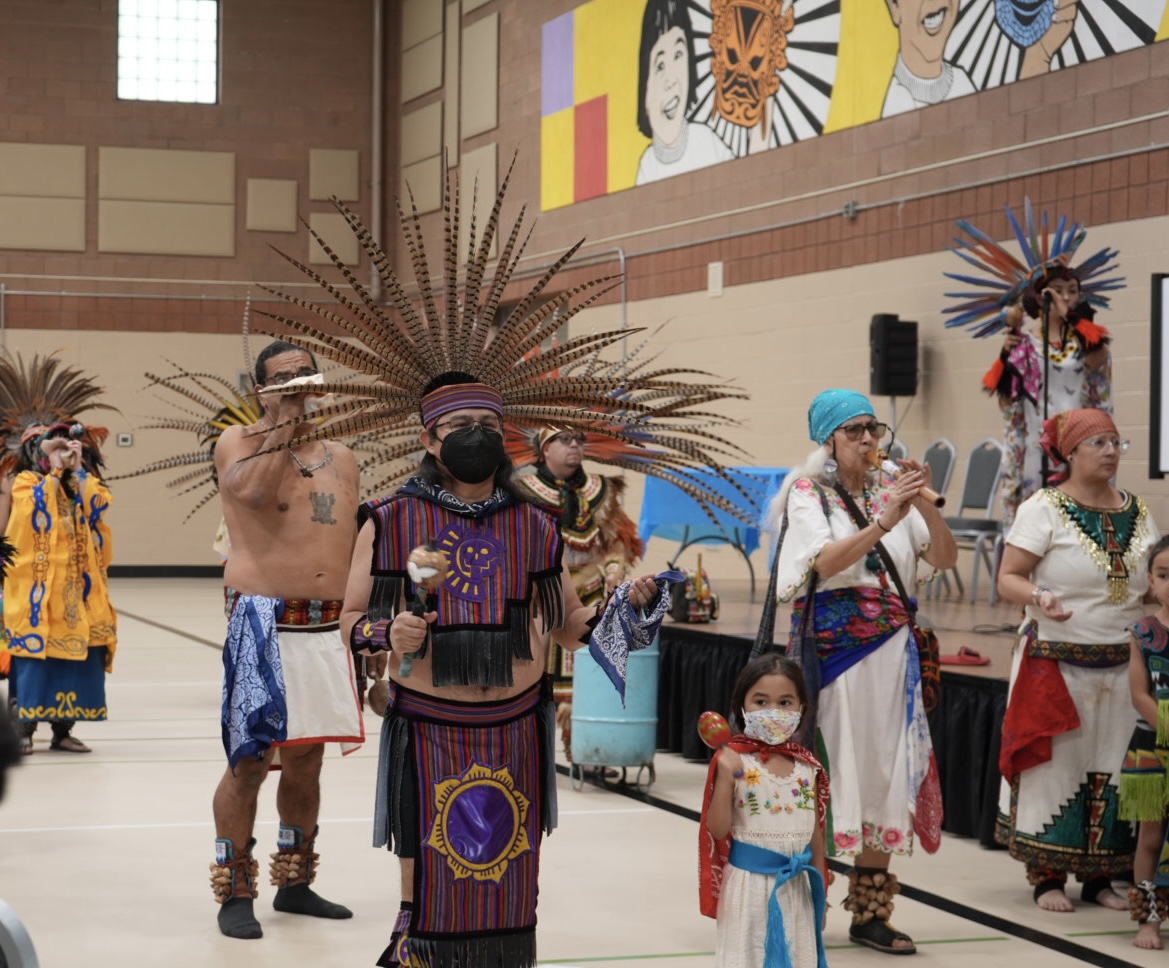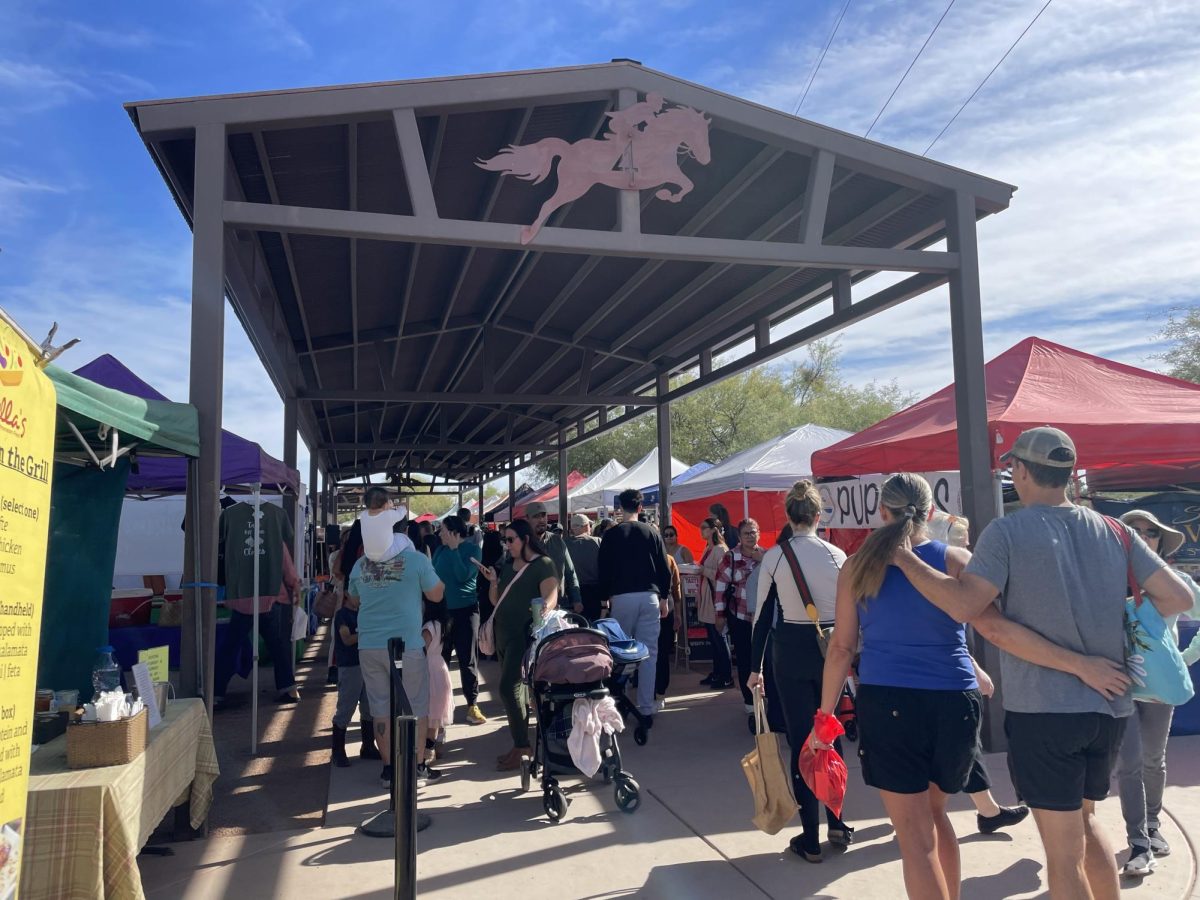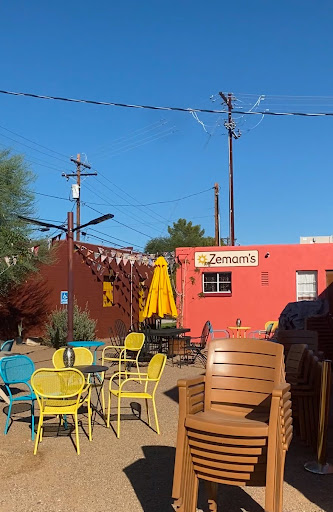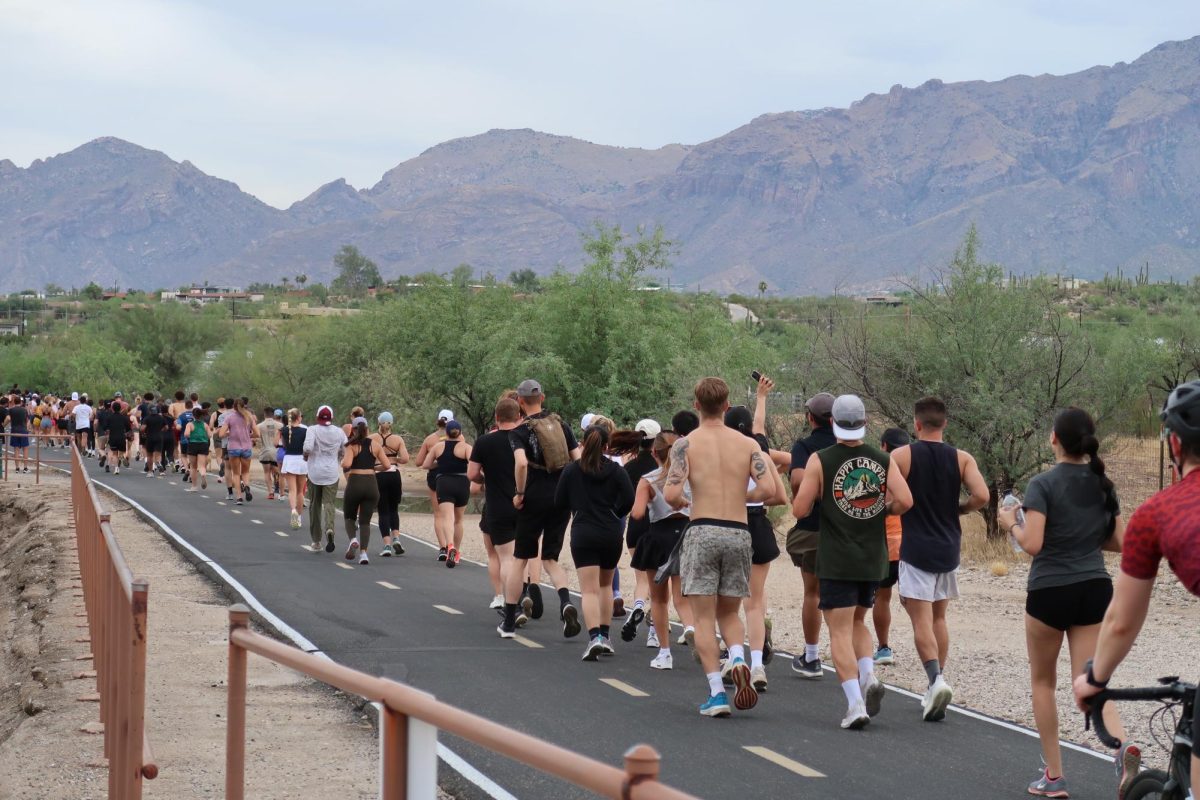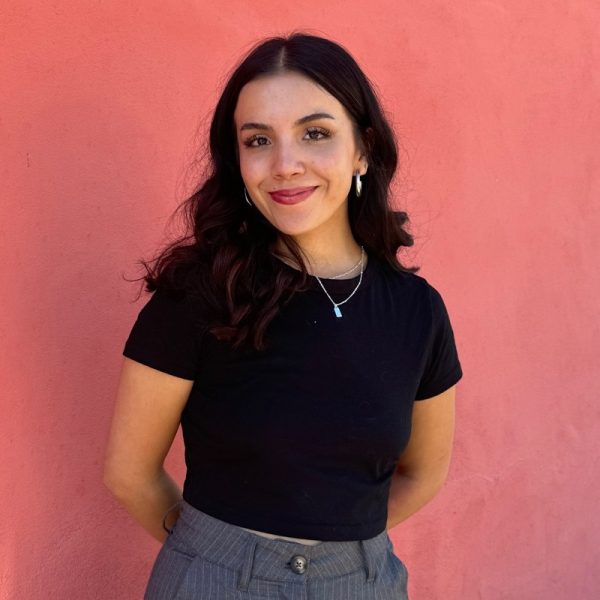After more than a year of researching community concerns and priorities, the Water Guardians, a campaign by the Arizona Center for Empowerment, officially launched last Saturday at Kino Sports Complex.
More than 60 community members attended the event, which opened with a blessing from Grupo Coatlicue, an Aztec dance group, and a panel of local leaders and environmental experts.
Before the launch, the Arizona Center for Empowerment hosted listening sessions to shape their campaign priorities, zeroing in on education and awareness, corporate accountability for overuse and abuse, contamination prevention, water conservation and food sovereignty through community gardens.
The campaign was started over a year ago by Rocky Rivera, an environmental justice organizer with the non-profit center that helps organize underserved communities to achieve social justice. For Rivera, water contamination is personal. Growing up near the Bisbee mines, he witnessed the effects firsthand.
“We hear about how toxic mines can be. My parents lived there their whole lives. My dad died of cancer at 69 and never drank or smoked. My mother died a short nine years later after having other rare forms of illnesses,” he said. “Water obviously became a passion of mine, and it’s personal.”
The issue ranks high on the list for Arizona voters, 93% of whom agree that “groundwater is essential for communities, farming, industry and Arizona’s way of life,” and expressed the need for stronger protection measures, according to a 2024 public opinion survey conducted by the Center for the Future of Arizona.

Arnold Montiel, a member of the Water Guardians, and an attendee speaking during the lunch break. Food was provided by the Native American Church of Southern Arizona.
“Water is our number one resource,” said Arnold Montiel, a member of the Water Guardians. “Imagine going and turning on your faucet in the morning to make coffee or brush your teeth, and no water comes out. If you’ve got a baby that needs formula or an abuelito or abuelita that’s sick and needs their hot water, it becomes clear how crucial (water) is.”
Just 90 miles away from Bisbee, residents of South Tucson unknowingly consumed contaminated water from the 1950s to the early 1980s, tainted with trichloroethylene, an industrial solvent dumped by aircraft companies, according to the Pima County Library’s Pollution in Tucson Water archive.
Although some achieved legal justice, according to the same archive, many victims, including their children and grandchildren, still suffer the lingering effects of environmental contamination.
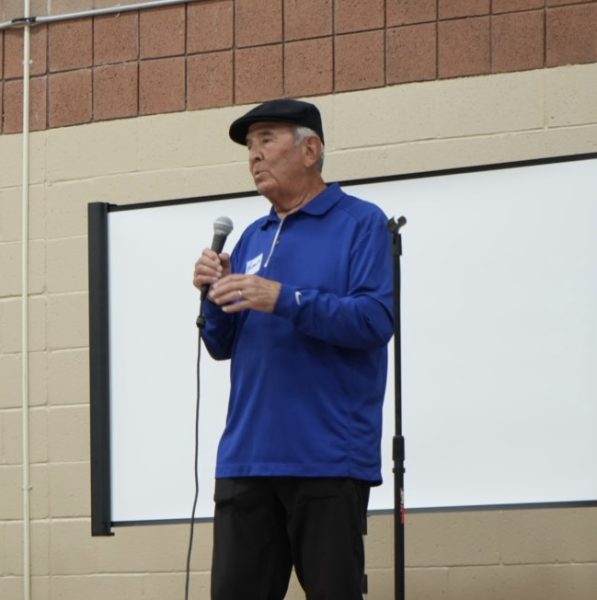
Sunnyside Unified School District Governing Board member Roberto Jaramillo spoke in a panel alongside UA psychology professor Dr. David Sullivan, environmental researcher Dr. Denise Moreno and hydrologist Byran Jungers.
Roberto Jaramillo, Sunnyside Unified School District Governing Board member, has spent most of his life on Tucson’s southside and has had family and friends affected by the contamination. At the campaign launch, he shared that several of his classmates have died from cancer and other illnesses. At class reunions, they set up a table with photos to honor those lost.
“I have four sisters. There’s been a lot of miscarriages, breast cancer, thyroid cancer–the list goes on,” he said. “What frustrates me is when agencies tell us there’s no correlation with the water we consumed back then–the water we swam in, the water our moms and dads cooked with, and the water the cafeteria used, too. They say it’s not going to affect us in any way, yet here we are.”
Denise Moreno Ramírez, a president’s postdoctoral fellow at the University of Arizona College of Public Health, has spent the last 15 years researching Arizona communities impacted by hazardous waste. Having grown up along the Arizona-Sonora border region, Ramírez stressed the importance of addressing binational contamination. She said many of her high school friends from Nogales now suffer from environmentally related health issues due to environmental contamination.
“We need to stop making these projects that are perpetually extracting people from these communities and we need to do something now because I don’t have 30 to 40 years to figure out if I’m going to have cancer,” she said. “My friends are calling me and telling me.”
While it is well known that water contamination impacts physical health, the Water Guardians say that its consequences run much deeper.

Jayden De La Rosa speaking with an attendee at the Water Guardians campaign launch.
“My advocacy is focused on mental health,” said Jayden De La Rosa, a member of the Water Guardians. “Not only did (water contamination) impact physical issues, but it was psychologically damaging, too.”
Daniel Sullivan, an associate professor of psychology at the University of Arizona, conducted a survey comparing the mental and physical health concerns of southside residents who were exposed to historic contamination to those who were not.
Sullivan said that residents of Tucson’s southside who lived there before 1981 reported higher levels of cancer, autoimmune disease and birth defects compared to those who moved there later or live in central Tucson. While they are based on personal accounts, not medical records, Sullivan said they are important to consider.
“(Southside residents) reported very high levels of depression compared to what we see in those studies,” Sullivan said. “Most importantly, they reported symptoms of what we would call, as psychologists, post-traumatic stress about environmental contamination.”
Sullivan asked participants how often they think about the contamination, their history of water exposure and how much it affects their sleep and causes worry. Around 30% of respondents displayed strong symptoms of what would be considered post-traumatic stress, with water contamination being a significant source of anxiety.
“The history of being exposed and worrying about diseases that are affecting them internally,” he said. “This is really significant to us because the stress itself is a health issue.”
In the coming year, the Water Guardians campaign plans to partner with organizations across multiple regions in Arizona, including Tucson, Santa Cruz Valley and Cochise County, to initiate discussions on water contamination.
The organization’s end goal is to establish legal recognition of human rights for Arizona’s rivers. This idea was inspired by a 2017 law in New Zealand that granted the Whanganui River personhood status, according to the New Zealand Parliament. The move was intended to strengthen water protection and build trust with Indigenous communities living near the river.
Other rivers around the world, including the Ganges River in India and the Magpie River in Canada, have since been granted similar protections.
To learn more about the Water Guardians, visit https://www.empoweraz.org/environmental-justice.



